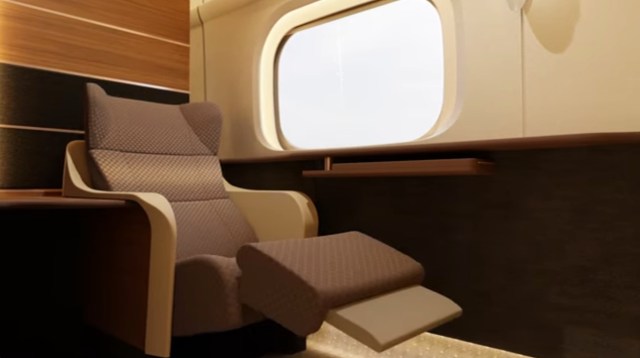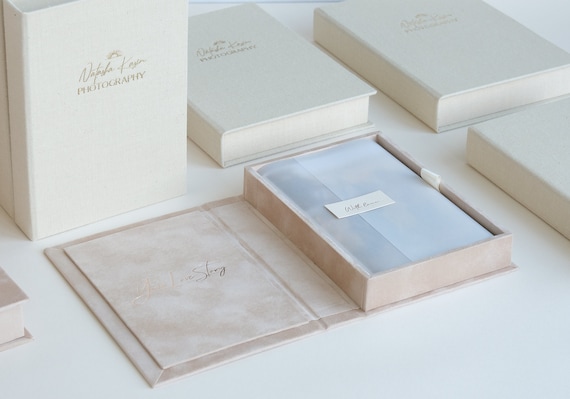Analyses of cloth remains found near a gold/silver funerary mask in the Samdzong tomb complex in Nepal point to connections with north-east Asia and suggest the possibility that Samdzong was inserted into the long-distance trade network of the Silk Road.
The first results of textile and dye analyses of cloth dated between 400-650 AD and recovered from Samdzong 5, in Upper Mustang, Nepal have today been released by Dr Margarita Gleba of the McDonald Institute for Archaeological Research, University of Cambridge.

Map indicating the location of the site (Image: ©Mark Aldenderfer).
Identification of degummed silk fibres and munjeet and Indian lac dyes in the textile finds suggests that imported materials from China and India were used in combination with those locally produced. Says Gleba: “There is no evidence for local silk production suggesting that Samdzong was inserted into the long-distance trade network of the Silk Road.”
“The data reinforce the notion that instead of being isolated and remote, Upper Mustang was once a small, but important node of a much larger network of people and places. These textiles can further our understanding of the local textile materials and techniques, as well as the mechanisms through which various communities developed and adapted new textile technologies to fit local cultural and economical needs.”
The cloth remains are of further significance as very few contemporary textile finds are known from Nepal. The dry climate and high altitude of the Samdzong tomb complex, at an elevation of 4000 m, favoured the exceptional preservation of the organic materials.
One of the cloth objects recovered is composed of wool fabrics to which copper, glass and cloth beads are attached. It was found near a coffin of an adult along with a spectacular gold/silver funerary mask. The mask has small pinholes around its edges, suggesting it had been sewn to a fabric, and probably constitutes the remains of a complex, decorative headwear.
Samdzong 5 is one of ten shaft tombs excavated by Mark Aldenderfer, (University of California Merced and Visiting Scholar of the McDonald Institute). The tombs were only exposed to view in 2009 following a seismic event that calved off the façade of the cliff, having been originally carved out in prehistory from the soft conglomerate rock of a massive cliff face.
Reference: Margarita Gleba, Ina Vanden Berghe, Mark Aldenderfer. Textile technology in Nepal in the 5th-7th centuries CE: the case of Samdzong. STAR: Science & Technology of Archaeological Research, 2016; 1 DOI: 10.1080/20548923.2015.1110421


















